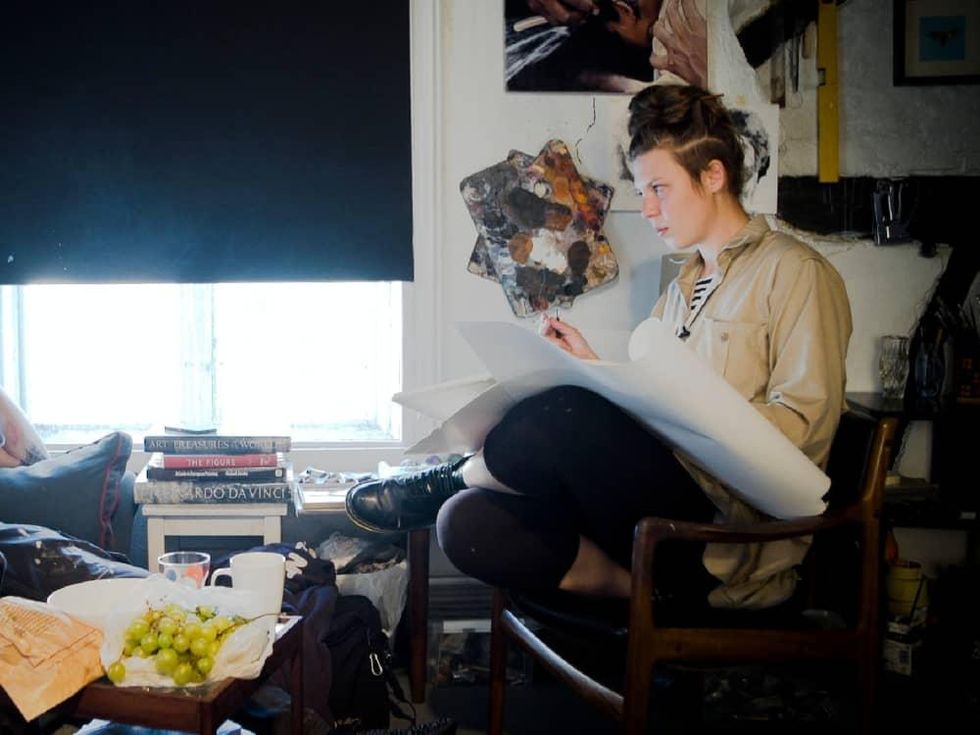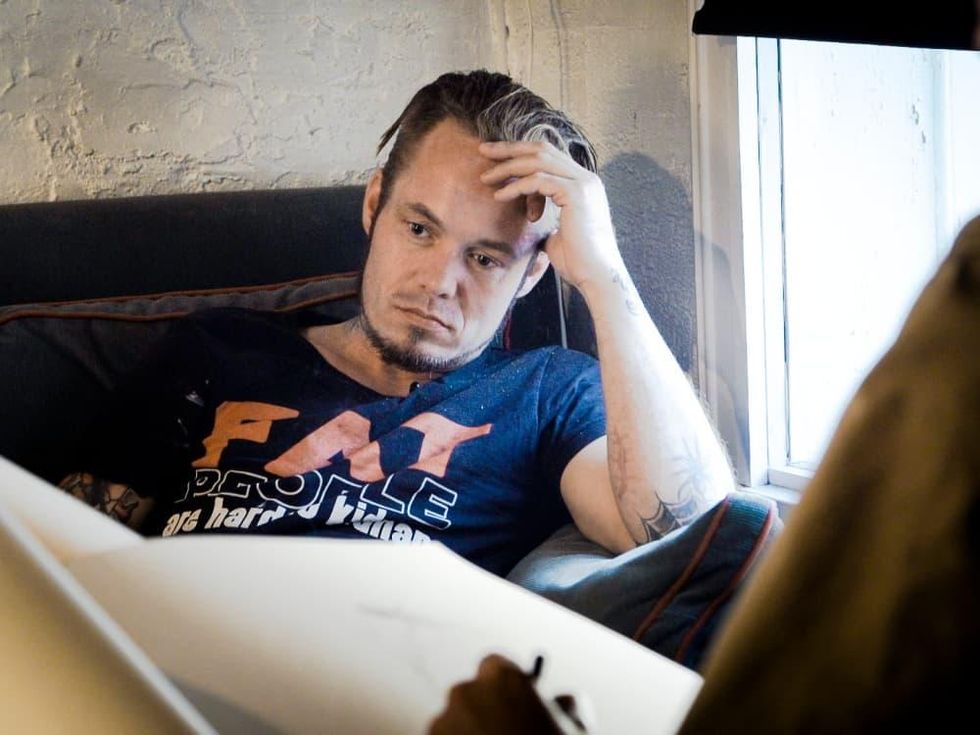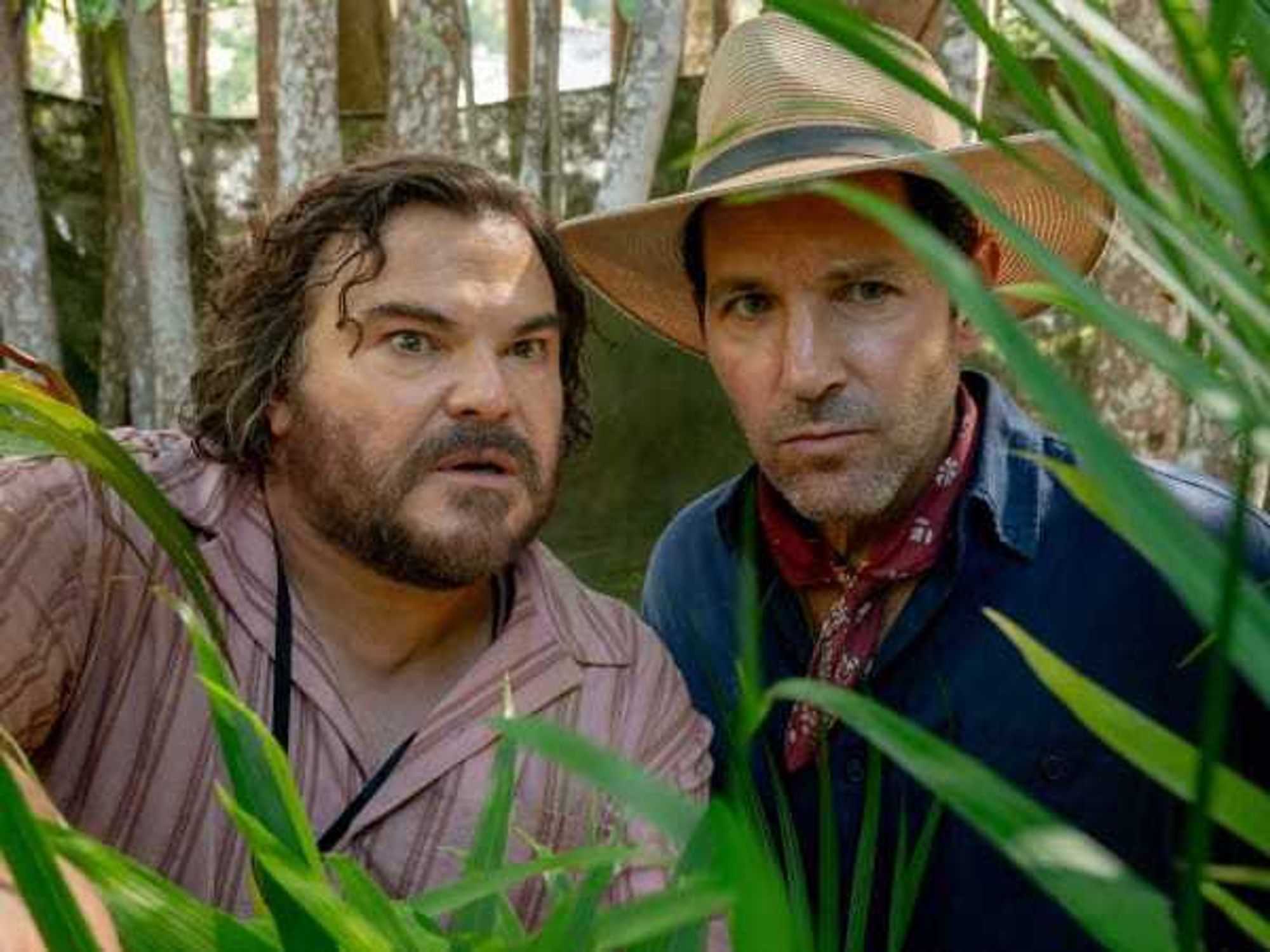Movie Review
The Painter and the Thief can't connect dots of odd friendship
The unique thing about documentaries is that they can sometimes turn out much differently than the films their makers intended to produce. When you turn your lens on real people, nothing can be certain, and an initial idea can morph into something the barely resembles what was thought up in the beginning.
The Painter and the Thief essentially joins a story already in progress, after artist Barbora Kysilkova had two of her most prized paintings stolen from her Norwegian studio. The man responsible, Karl-Bertil Nordland, has already been captured, convicted, and spent time in jail for the crime. But the paintings were never recovered, and when Karl is released from prison, Barbora attempts to communicate with him to try to found out where they might be, and to try to get a glimpse into his soul.
It’s clear from the start that Karl is living in an addled state. He claims to have no memory of what he did with the paintings because he was on drugs at the time. But Barbora continues to meet with him, first to try to get information, and then to ask him to be a subject for her paintings. The lines between the criminal and the victim become increasingly blurred the more they meet, and Barbora can’t help but empathize with Karl’s station in life.
Director Benjamin Ree structures the film in an odd way, going back and forth in time to tell the story of both Barbora and Karl. But he also gives relatively few time signifiers, so it’s often unclear how much time has passed between segments. It could be months, it could be years – the audience is left guessing for most of the film.
At first it seems as if Ree is trying to detail the odd kinship that develops from two seemingly disparate personalities. But the structure of the film constantly makes it seem like we’re waiting for the other shoe to drop when one or the other will reveal something unexpected. There are couple of moments that may count as surprising, but they’re not so huge as to shift how we already see Barbora or Karl.
What’s left is merely a relationship that hardly makes sense, except as a way for Barbora to find a new expression for her artwork. In fact, the most impressive thing about the film is the artwork itself, as Barbora’s work has a naturalism to it that is astonishing. If nothing else, the film may offer an opportunity for her paintings to become more well-known to a larger segment of art lovers.
In the end, Ree can’t make the case that the story, while unusual, is inherently interesting. Odd couples have existed since time immemorial, and Ree never illuminates these two people enough to make their stories worthy of a documentary.
-----
The Painter and The Thief will be available on May 22 via virtual cinemas (including Dallas International Film Festival), Amazon Prime Video, Apple TV, Fandango Now, and Google Play.




